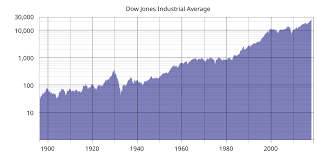Comparing Western Australia and Queensland: A Comprehensive Look

Introduction
Western Australia and Queensland are two renowned states that showcase the diversity and richness of Australia. Understanding the differences between these two states is important for travelers, investors, and residents alike. Each state boasts unique cultural attributes, economic strengths, and geographical features, making them distinct in their own right.
Geography and Climate
Western Australia is the largest state in Australia, covering over 2.6 million square kilometers. The geography is characterized by vast deserts, stunning coastlines including famous spots like the Ningaloo Reef, and unique natural attractions such as the Bungle Bungles. The climate varies significantly from the tropical northern regions to the arid inland areas.
In contrast, Queensland is renowned for its lush rainforests and the Great Barrier Reef, which draws millions of tourists each year. The state experiences a tropical climate in the north, while the south has more temperate conditions. Its coastal cities, including Brisbane and Cairns, are vibrant tourist hubs.
Culture and Lifestyle
Culturally, both states offer a rich tapestry of experiences. Western Australia’s capital, Perth, is known for its arts scene, bustling food markets, and outdoor lifestyle, owing to its warm climate. The state is multifaceted with influences from Indigenous cultures, British colonial history, and a mix of immigrant communities.
Queensland’s culture is deeply influenced by its outdoor lifestyle, with a focus on leisure and recreation. The state is often referred to as the ‘Sunshine State,’ highlighting its beautiful beaches and pleasant weather. Events like the Brisbane Festival and the Cairns Indigenous Art Fair showcase the cultural vibrancy of Queensland.
Economy and Opportunities
Economically, Western Australia has been a powerhouse due to its mining and resources sector. The state is rich in minerals such as gold, iron ore, and natural gas, contributing significantly to the national economy. The mining boom has led to job creation and investment opportunities, making it a magnet for workforce migration.
Queensland, on the other hand, has a more diversified economy with strong sectors in tourism, agriculture, and education. The state benefits from its proximity to Asia, making it an attractive location for international students and businesses. The tourism sector continues to be a major economic driver, with attractions like theme parks and national parks.
Conclusion
In conclusion, Western Australia and Queensland each present their own set of advantages, cultural experiences, and economic opportunities. Whether you prefer the mining industries and natural wonders of Western Australia or the vibrant lifestyle and tourism of Queensland, both states offer unique insights into the Australian experience. As Australia continues to grow, understanding these differences will help stakeholders make informed decisions about travel, business, and investment in the region.









